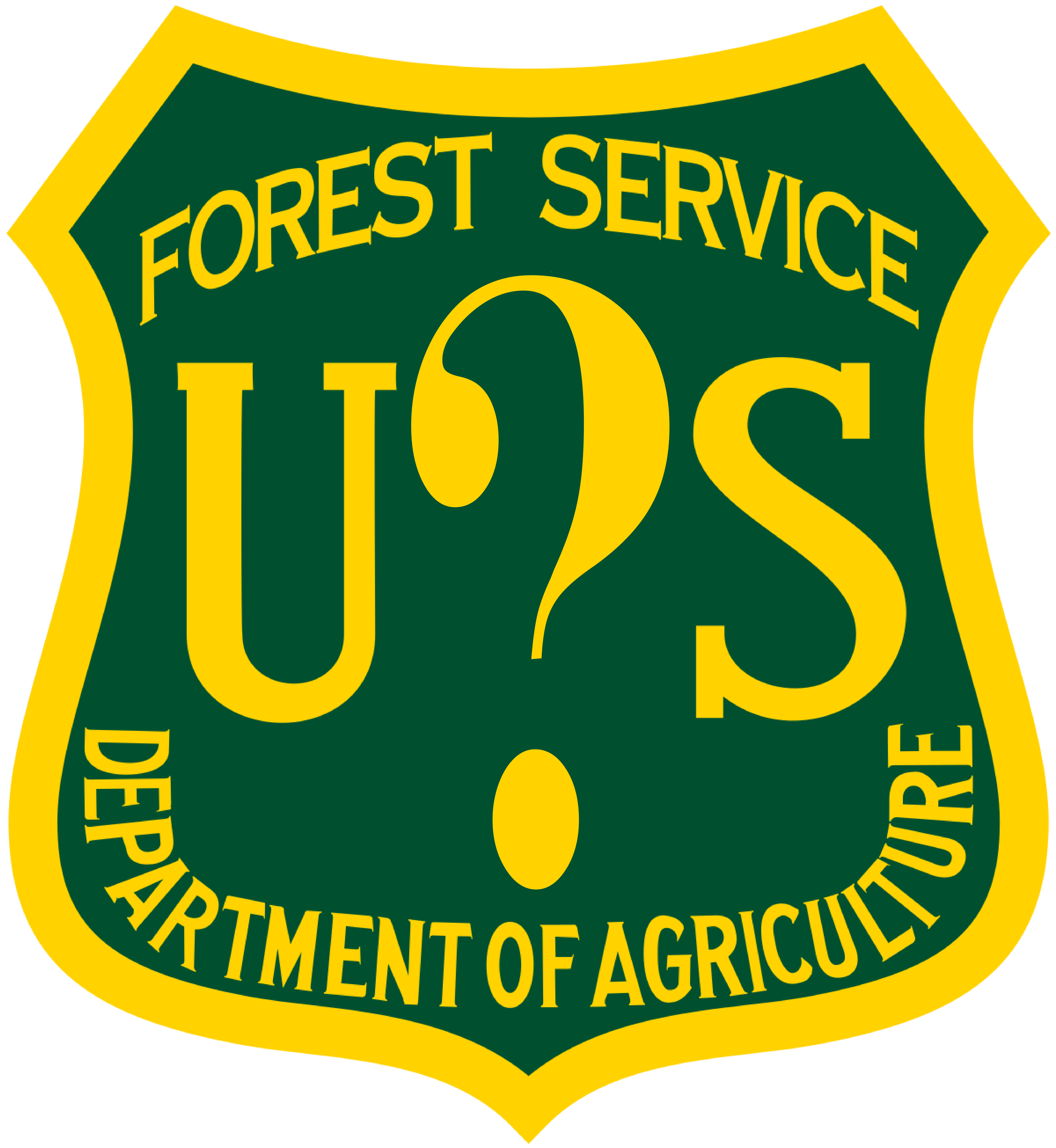
Introducing ScholarDay’s New Investigative Series: “Forest Service Says What?”
Rewind to 2018 (oh how young we were!), the Forest Service invited us to submit how we felt about letting a foreign gold mining company expand its exploratory drilling in the Centennial Mountains near Kilgore, Idaho.
More than 97% of us did not express support for the idea.
Our concerns were as varied as they were substantial: noise pollution, light pollution, whitebark pine removal for road construction, groundwater contamination, stream degradation, road reclamation avoidance, stress to threatened wildlife and plant species, impacts on big game hunting and fishing, and so on. We, just about all of us, saw this gold mine expansion proposal as one thing: bad news for the Greater Yellowstone Ecosystem.
The Forest Service, though, didn’t share our view and approved the proposal. (Only to have their approval revoked and ruled by a federal judge as made “arbitrarily and capriciously.”)
Some of the claims they made when approving the Kilgore Project expansion were sent to ScholarDay’s investigative journalism division, which in turn took its merry time in reporting back to us some findings worthy of renewed attention. To make up for the two-and-a-half-year lag, we’ve decided to make this one a running series.
The Forest Service’s Kilgore Project Mine Expansion Claim About Grizzly Bears
When we expressed our concern over the proposed expansion jeopardizing an already fragile and essential corridor for grizzly bears, the Forest Service responded each time with this or some variation of this statement:
There is no evidence that grizzly bears are within or adjacent to the project area.
U.S. Forest Service, May 17, 2018
By “no evidence,” they are referring to radio-collared bear information gathered by the Interagency Grizzly Bear Study Team. At the time of their response, no recent data showed collared grizzlies in or right by the Kilgore Project area.
It’s risky using radio collars as their only stated evidence because not all grizzly bears are collared, so as they admit in the same response, “[n]ot all locations of grizzly bears are known.”
The judge’s summation that they acted “arbitrarily and capriciously” in their swift approval is starting to add up. For those scholars who, like me, find a word like capricious always one best kept in the dictionary and out of our long-term memory, it’s the adjective form of caprice:
a sudden usually unpredictable condition, change, or series of changes
Merriam-Webster
A Sudden Change to the Condition of the Forest Service’s Claim Being Accurate
The month after the Forest Service’s claim, evidence of grizzly bear activity in the Kilgore Project area arrived. Here’s a press release headline from the Idaho Department of Fish & Game (IDFG) on June 30, 2018:
F&G officers continuing search for injured grizzly bear near Kilgore
James Bower, Regional Communications Manager, IDFG
The press release begins on an alert: “People should be cautious in the area around McGarry Canyon, where bear was recently spotted.”
Unfamiliar with McGarry Canyon? Here’s a map of the Kilgore Project area for reference.

As fate would have it, one specific federal agency was tasked with putting up warning signs announcing a grizzly bear in the area.
I’ll give you one guess as to which one.
